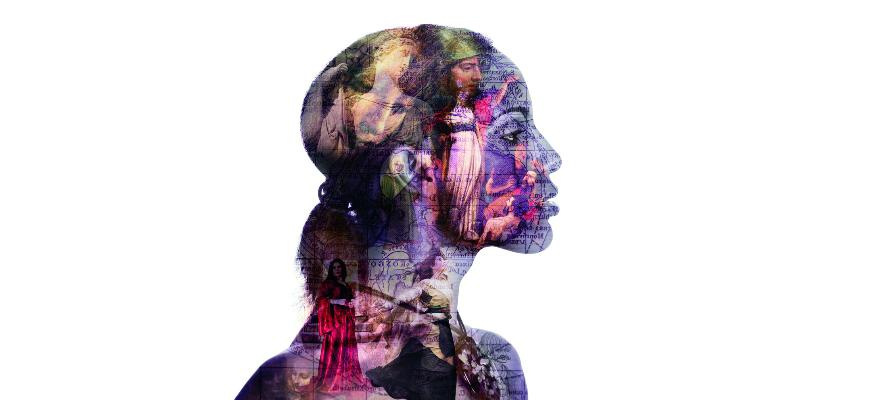
Image©:www.dna-aworldwide.com
National Geographic’s Genographic Project, launched in 2005, uses science to bring people together where politics have failed.
Through DNA analysis, the project is answering people’s questions regarding ethnicity, race, and the overall origins of the human population and how we came to populate the Earth.
The Genographic Project lists a group of reference populations, where the typical national of each country is described according to genetic makeup. These are based on hundreds of DNA samples and advanced DNA analysis. Four Arab countries were part of the reference population list.
Here are some surprising discoveries on the genetic makeup of these four Arab nationalities.
Note that the Genographic Project only listed four Arab nationalities in their reference populations, which is the basis of this article.
Egyptians are only 17% Arabian …

Did you know that native Egyptians’ genetic makeup is 4 percent Jewish diaspora?
Typically, an Egyptian native’s genetic composition is 68 percent North African, 17 percent Arabian, 4 percent Jewish diaspora, and 3 percent from Eastern Africa, Asia Minor and Southern Europe each.
The link to North Africa dates back to when ancient populations first migrated from the continent, which they did through the northeastern route on their way to southwest Asia.
The spread of agriculture led to further migrations from the Fertile Crescent back into Africa as did the spread of Islam from the Arabian peninsula in the 7th century.
Kuwaitis are 7% African …

Native Kuwaitis’ genetic makeup is: 84 percent Arabian, 7 percent from Asia minor, 4 percent North African and 3 percent from East Africa.
Ancient migrants passed through the Middle East when journeying from Africa to Eurasia. Some migrants loved the region so much they decided to stay, developing genetic patterns that were passed down to other generations.
The smaller components from Northern Africa and Eastern Africa may be due to the Arab slave trade, from the 8th to the 19th century.
Lebanese are actually 14% Jewish diaspora …

Lebanese natives’ genetic makeup is the most diverse of all four Arab nationalities.
Typically, a Lebanese natives is 44 percent Arabian, 14 percent Jewish diaspora, 11 percent North African, 10% from Asia minor, 5percent Southern European and 2 percent Eastern African.
Ancient migrants passed through the Middle East when journeying from Africa to Eurasia. Some of these migrants settled in Lebanon, developing genetic patterns that transcended generations over time.
The Silk Road added genetic patterns from the farther north and east.
Tunisians are only 4% Arabian …

Natives of Tunisia have a pretty interesting genetic composition. They are 88 percent North African, 5 percent Western European, 4 percent Arabian and 2 percent from Western and Central Africa combined.
Historically, Tunisia’s location on the Mediterranean Sea contributed greatly to its broad genetic diversity.
The Arabian component came about with the arrival of agriculture from the Middle East as well as the spread of Islam in the 7th century.
Did you know these non-Arab countries actually have some Arabian genes?
1. Georgia: 5 percent
2. Iran: 56 percent
3. The Luhya people of Kenya: 2 percent
4. Natives of Madagascar: 2 percent
5. The Northern Caucasus (including Dagestanis and Abkhazians): 9 percent
6. Tajikistan (Pamiri mountains): 6 percent
7. Sardinia: 3 percent
8. Southern India: 2 percent
9. Western India: 6 percent
10. Indonesia: 6 percent
11. Ethiopia: 11 percent
12. Ashkenazi Jews (Jews who originated in Eastern Europe): 10 percent
Stepfeed

